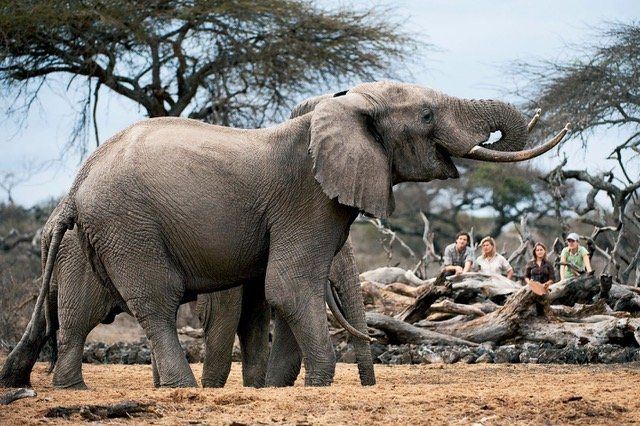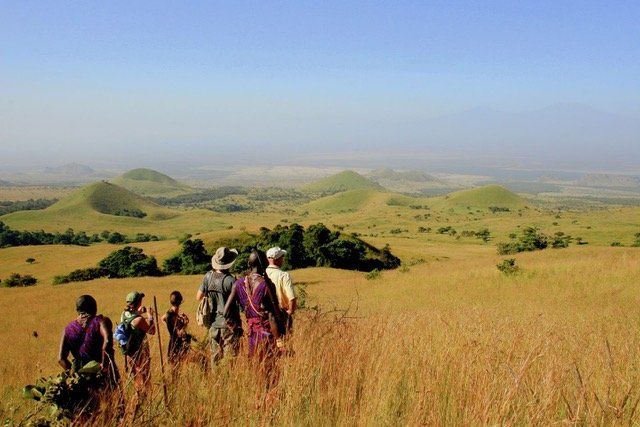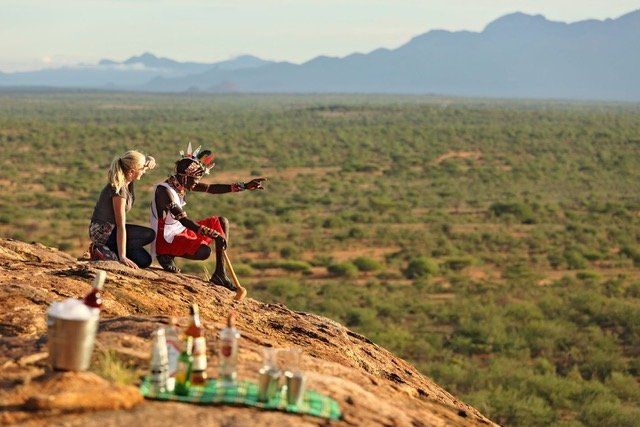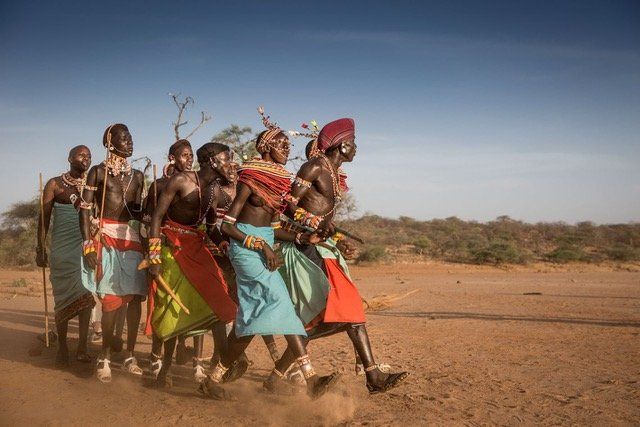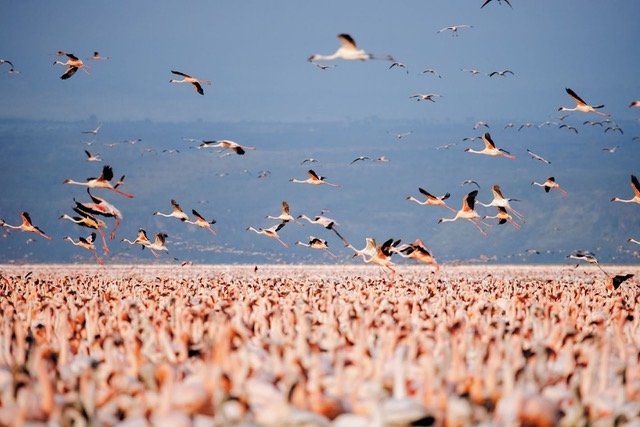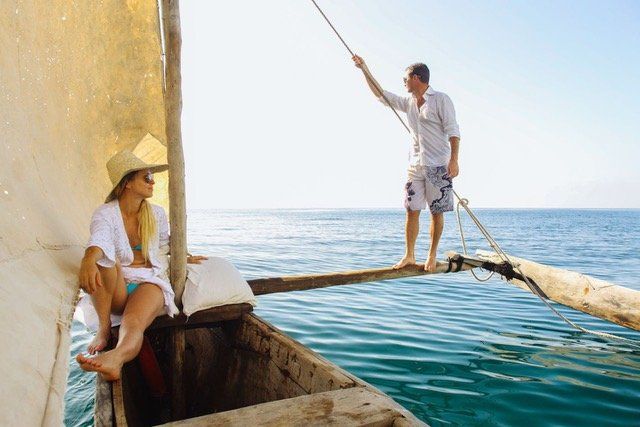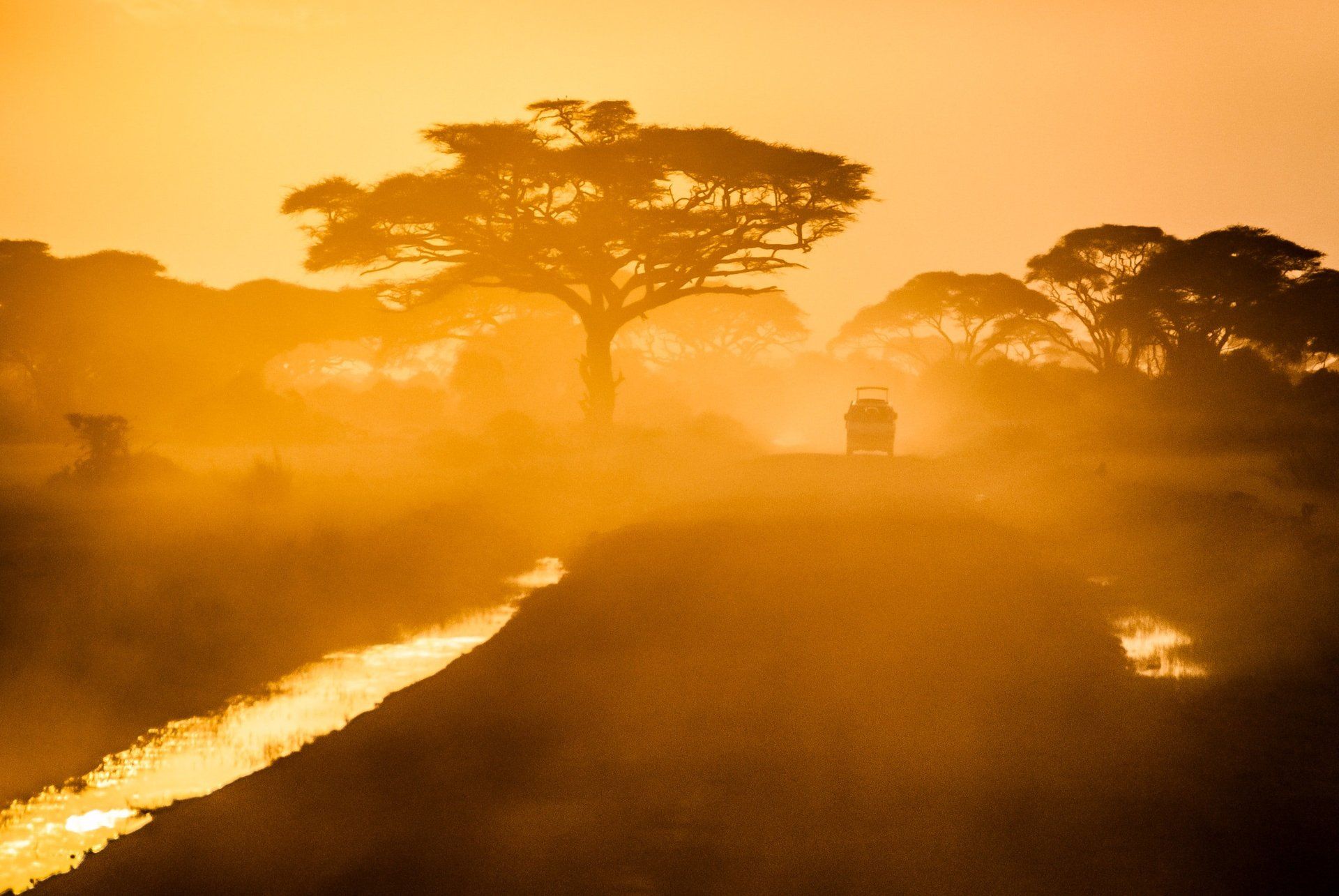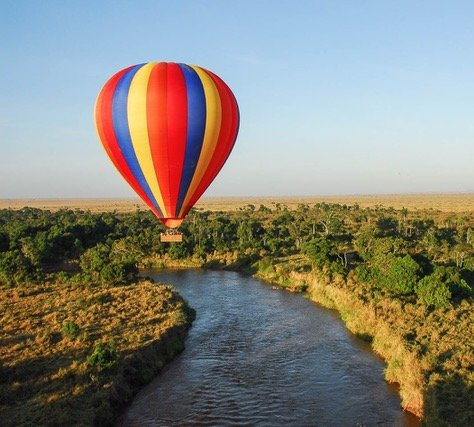Winter (June - October): The dry season from June to October is generally considered the best time to go to Amboseli for wildlife. As there is no rain, animals must retreat to the park’s swamps where underground water from Kilimanjaro rises to the surface year-round. However, this is also peak season – and as one of Kenya’s most popular national parks (after the Masai Mara) you may be competing with many other tourists for the best vantage points on the park’s limited network of trails, unless you stay in one of the private conservancies around the park, where only lodge guests are allowed access.
Summer (January - March): For a quieter safari consider January to February as another great time to go to Amboseli, after the short autumn rains have dispersed. This season is almost as perfect as winter, and yet surprisingly underrated by most safari aficionados. Rates are lower than in winter, and it is also less crowded than during winter.
Spring (November - December): Spring is the season of the short rains, and still a great time to visit Amboseli. The rain falls as short late afternoon showers, which don’t really impact your game viewing while on safari. Depending on the year, you might still catch the end of the migration and you will get to observe the nature around you changing from golden yellow to vibrant green hues almost overnight. Hobby photographers will be enchanted by the explosion of colour. This is an exciting time to visit Amboseli National Park.
Autumn (April - May): April and May bring the long rains, with torrential continuous downpours and muddy washed-out roads that are sometimes rendered unpassable. As water sources are available in abundance, animals have no need to congregate in one spot, and are therefore are also harder to spot. As a result, it isn’t surprising that autumn is the least favourite time to visit Amboseli for us at The Travel Cafe.




